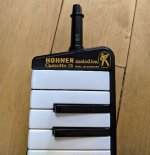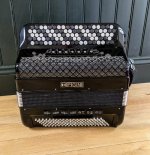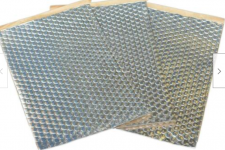Most people when they get their first anything (car, accordion, trumpet, guitar...) are not too worried about the origin or condition of it, and are focused on the fun of learning and using it.Of course there is the undeniably true psychological factor: the accordion may be more fun, more loved, more played because of some attribute that may or may not be detectable in sound or playability - handmade reeds, brand, age, country of origin, price, etc.
Then comes the time when the search for the perfect thing comes, and the belief that if they had a better accordion, they would play better





